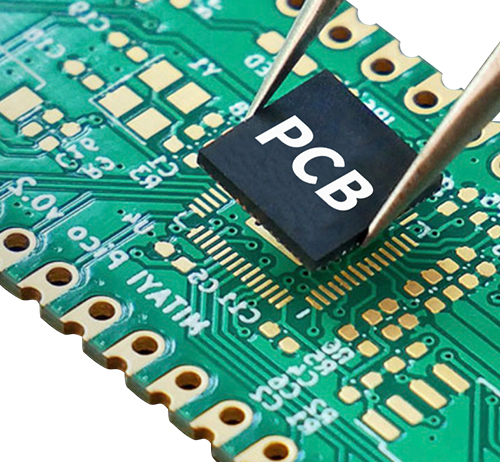Time:2022-07-01 Visit:
After the global PCB industry experienced the trough of the European debt crisis in 2012 and the global economic downturn, in 2013, with the recovery of the consumer market, it began to turn upward. However, the PC industry continued to be affected by the rise of mobile devices, and PC shipments in 2013 remained unchanged. continued to decline. Although mobile devices are growing rapidly, the PC shipments of traditional bulk boards continue to decline, and the PCB industry has not yet seen the bottom. It is still difficult for the PCB industry to grow rapidly. In 2013, the global PCB output value was 54.89 billion US dollars, an increase of 1% over 2012. Observing the PCB output value from 2012 to 2014, with the continuous growth of mobile devices and the rise of emerging applications, it can be seen that the growth rate of PCB output value has stabilized, and it is estimated that it will continue to show moderate growth in 2014.

Before 2000, 70% of the global PCB output value was distributed in three regions: Europe, America (mainly North America), and Japan. Since the beginning of the 21st century, the focus of the PCB industry has been continuously shifted to the Asian region, forming a new industrial pattern. The PCB output value in Asia is close to 90% of the world's, and it is the dominant PCB in the world, especially in China and Southeast Asia. According to Prismark statistics, since 2006, China has surpassed Japan to become the world's largest and fastest-growing PCB manufacturing base, and has become the main growth driver for the development of the global PCB industry. In 2013, the PCB output value in mainland China reached 22.559 billion US dollars, accounting for 41.1% of the global PCB output value.
At present, there are about 2,800 printed circuit board enterprises in the world, mainly distributed in six regions including mainland China, China Taiwan, Japan, South Korea, North America and Europe. The printed circuit board enterprises in the above regions have their own characteristics and advantages, which are briefly summarized as follows :
In 2013, the global PCB output value increased by 1.07% year-on-year, with a slight increase. Japan (-11.4%), Europe (-6.0%), and the United States (-3.6%) all had negative growth, and Taiwan, China was 1.5%. China's growth rate of 3.54% is the highest in the world.
As downstream electronic products pursue the development trend of light, thin, short, and small, PCBs continue to develop in the direction of high precision, high integration, and thinness. In 2012, the global output value of single/double-sided panels decreased by 8.7% compared with 2011; the output value of multi-layer boards decreased by 9.1%, still in the dominant position; the output value of HDI boards increased by 5.8%, continuing to maintain a good growth trend; the output value of packaging substrates decreased by 4.7%; The output value of flexible board increased by 17.2%. In 2013, the global output value of single/double-sided boards increased by 0.34% compared with 2012; the output value of multi-layer boards increased by 1.2%, and its total volume still occupies a dominant position in PCB boards; HDI boards increased by 16.6%. The type with the largest output value growth rate; the output value growth rate of packaging substrates and flexible boards was 6.6% and 12.4%, respectively.
According to Prismark's forecast, the global PCB industry will continue to develop steadily in the future, among which HDI boards and multi-layer boards will maintain a good momentum of development; from 2014 to 2018, the compound growth rate of HDI boards will reach 5.8%, becoming the main growth point of the PCB industry; The compound growth rate of multilayer boards will reach 1.3%.